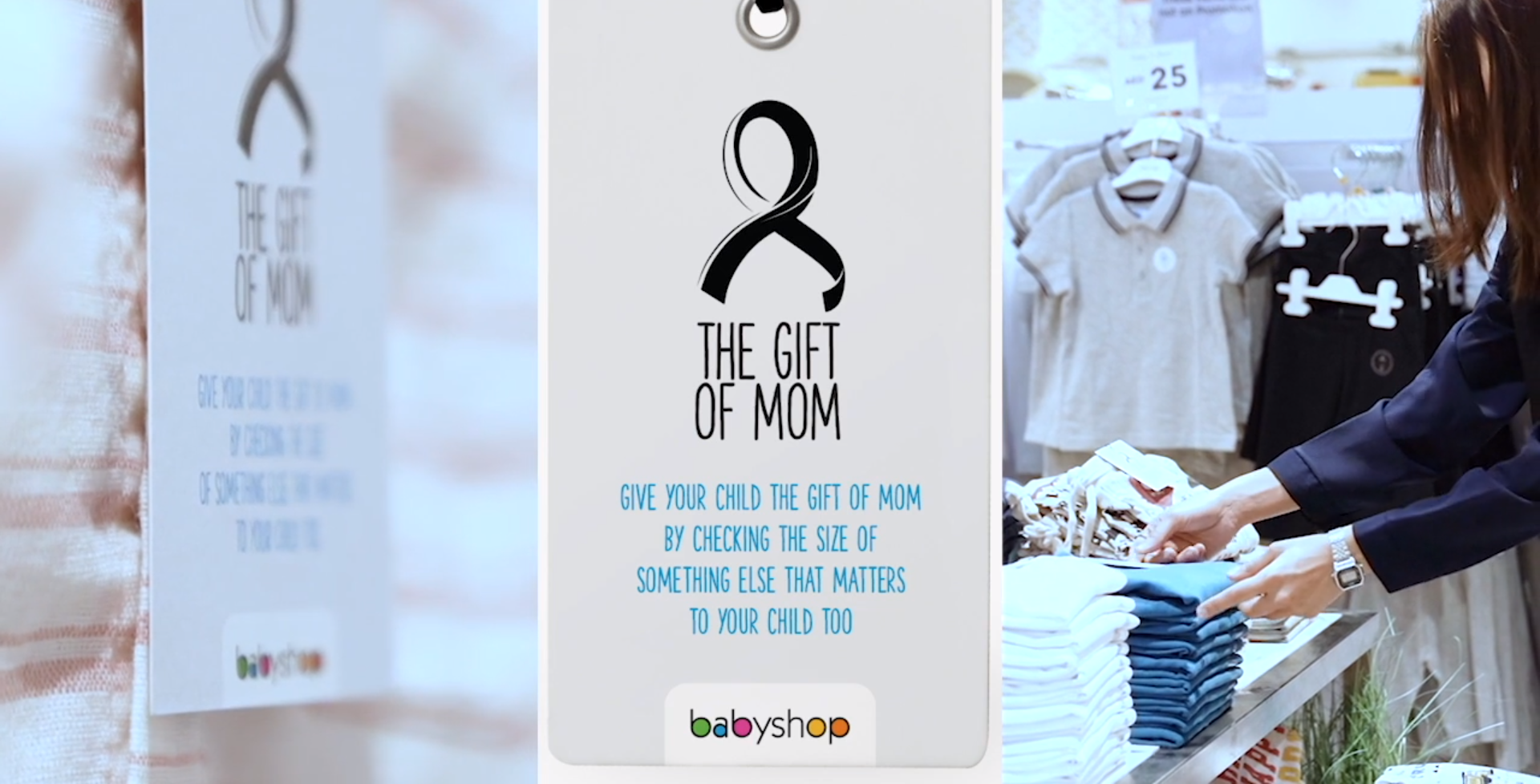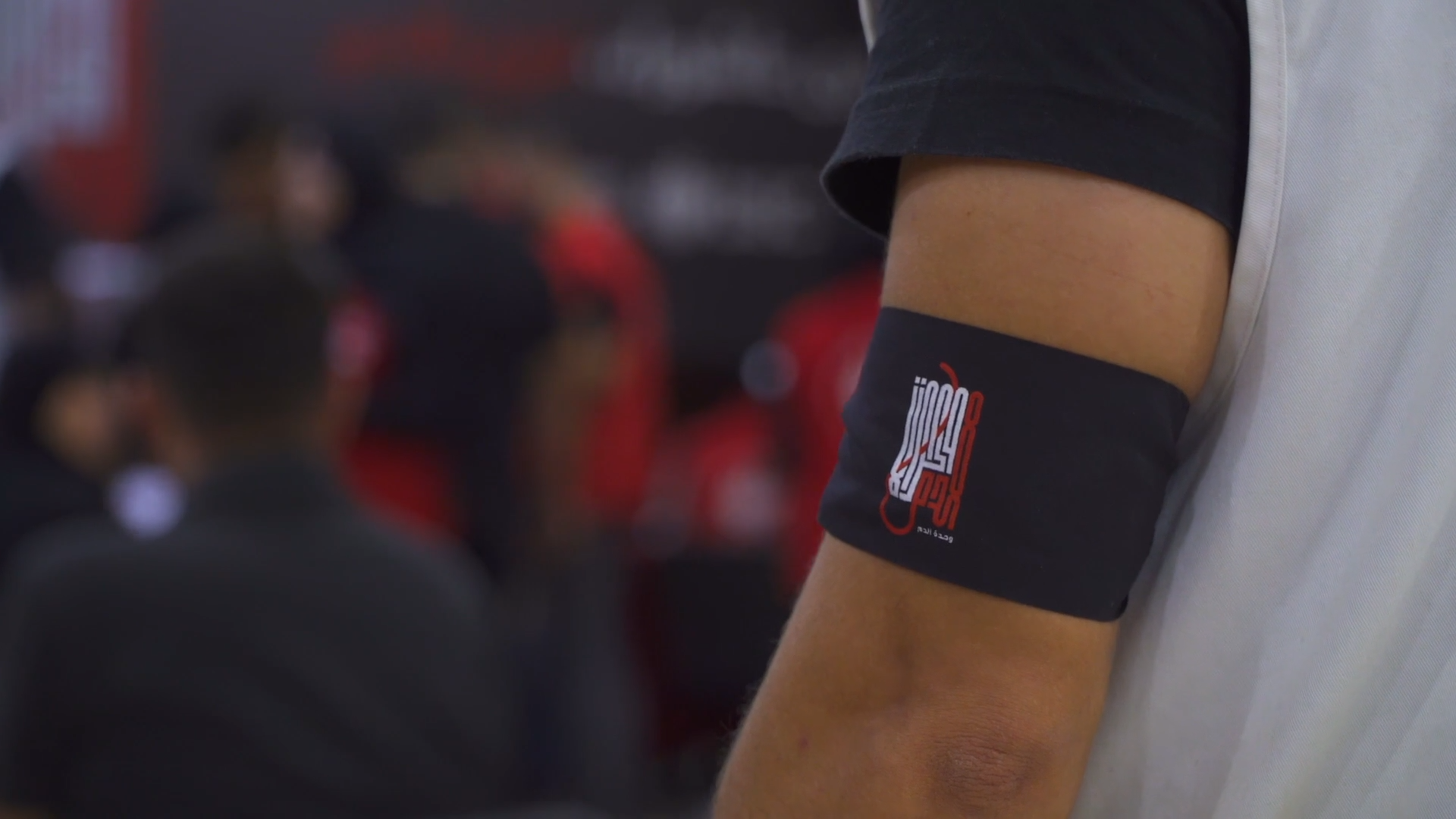Sunjay Malik, Associate Director, Strategy at PHD, and judge for the 2020 WARC Prize for MENA Strategy, explains how out-of-the-ordinary touchpoints enable a brand to engage more effectively with its target audience.
As is the convention for framing, analysing, amplifying, and celebrating the work produced by our industry, we tend to paint a picture of challenge. Our categories are shrinking, our sales are disappearing, our consumers are flighty and our brands are struggling to stay relevant. 2019 – which seems a lifetime ago now – has been painted in a similar light by entrants to this year's WARC Prize for MENA Strategy and of course, these are observations with merit. It seems remiss, impossible even, to look to the recent past without doing so through the lens of an extraordinary 2020, which has upended our definitions of what we mean by 'challenges' and our methodology for overcoming them. Work from 2019 may well reflect a world that is vastly different from the one that we are in now, but it celebrates brands and businesses which had the strategic know-how, attitude, culture and bravery to deliver effective work through unconventional, impactful means – long before it became a necessity for all of us.
As judges, we noted the creative deployment of touchpoints which would normally be considered unconventional. Three pieces of work stood out in that regard, all of which committed whole-heartedly to the strategic direction designed to address consumer challenges and were not constrained by where the brands were traditionally 'allowed' to be present.
Be unafraid to contradict the category
Children's clothing retailer Babyshop took a new and brave take on Mother's Day – a key cultural moment for the category. Eschewing the temptation to revert to type, the brand chose to bring life to its positioning of 'Giving children the best start in life' through promoting the long-term health of their mothers. The Gift of Mom campaign identified that a range of stigmas led to early breast cancer detection being low in the UAE and sought to promote better behaviours amongst consumers. In addition to the expected hero film and influencer tie-ups, the brand converted fitting rooms into screening rooms designed to educate customers – whilst also providing them with free mammograms (and transport) at Aster Clinics.

From a strategic and execution viewpoint, this is the behaviour of a brand unafraid to carve its own path, fully aware that it flies in the face of the much more gentle standards adopted by brands concerning Mother's Day. There are many other strategic approaches the brand could have taken and the choice to go down an arguably starker route which demanded Babyshop to take an active role in the space of cancer prevention is laudable. To adapt changing rooms into safe spaces for education and understanding is a clear indication that if you're truly willing to explore the infinite world of available consumer touchpoints, you may well find the answer sitting on your doorstep.
Find a simple but ownable space
Cheese brand Puck was able to turn the seemingly unremarkable into an opportunity for the brand to stand out, unlocking a simple but ownable space. In an effort to maintain desirability with children, Puck wanted to reclaim share at breakfast and lunch whilst positioning its product as being as 'fun' as the loud, colourful and sugary alternatives in the category. The solution was to create sandwich wrappers adorned with a branded comic series – a first for the category – featuring two hero characters who explained the 'The Power of Breakfast', before naturally going on to save the world. Simple, relevant, effective and a reflection of a brand not constrained by convention.

Risks can pay off
Extraordinary challenges demand extraordinary solutions. NGO Donner Sang Compter could have undertaken the usual routes in a plea to address blood shortages in Lebanon, exacerbated by the absence of a central blood bank. Addressing the Day of Ashura (a day of public mourning in the Islamic calendar where many publicly 'sacrifice' their own blood) with supreme sensitivity, the organisation encouraged those who spill their own blood onto the streets to donate it instead. The Blood Unity campaign expanded on social and OOH, while donation trucks were set up along the path of Ashura parade and a live digital counter showed the initiative's progress. Blood Unity armbands replaced the black armbands traditionally worn during the mourning parades: the cherry on top a risky, remarkable and hugely effective campaign.

Out-of-the-ordinary work of this nature should be applauded, but it should also spark introspection from those who tend to play it safe in their use of touchpoints. After all, this is by no means a new phenomenon. From the Michelin brothers creating the Michelin Guide in 1900 to persuade the French to travel more and wear out their tyres, to Apple hiring a packaging designer to create a sensory experience in opening its products... History is littered with examples of 'unconventional' approaches to brand communications.
This requires us to address why, in a world where we have never had so much information on our consumer, the voices lamenting lack of creativity and extraordinary work seem to be only growing louder.
Perhaps we think that the tried-and-tested rulebook we have covers off all the bases. Perhaps that's the problem. Too often, our desire to default to touchpoints we know is stronger than our willingness to explore those that we don't. Media mixes are rulebooks that we set ourselves, which over time make us less imaginative and less brave. We know that consumers don't care about our advertising, but do too little to capture their imagination, even fleetingly. Long live the rulebreakers, who in challenging themselves inspire us to be better.
An abridged version of this article appears in the 2020 MENA Strategy Report.

